- Biodiversity
Suntory Bird Conservation Activities Are Turning 50:
A Look at the Past and the Future (Part 2)
The Suntory Group started conducting bird conservation activities in 1973, and through them has been introduced to many wild bird conservation groups. We became part of the bird conservation community and launched the Suntory Fund for Bird Conservation in 1989 to contribute to the cause. After learning in 2021 about the eBird global wild bird database that anyone can help build, we became the main sponsor of eBird in Japan and launched the Japanese version of the database together with the Wild Bird Society of Japan. Continuing from Part 1, Naomi Takai, who is involved in bird conservation activities in the Natural Water Sanctuary Group, Sustainability Management Division, describes Suntory Group’s activities.
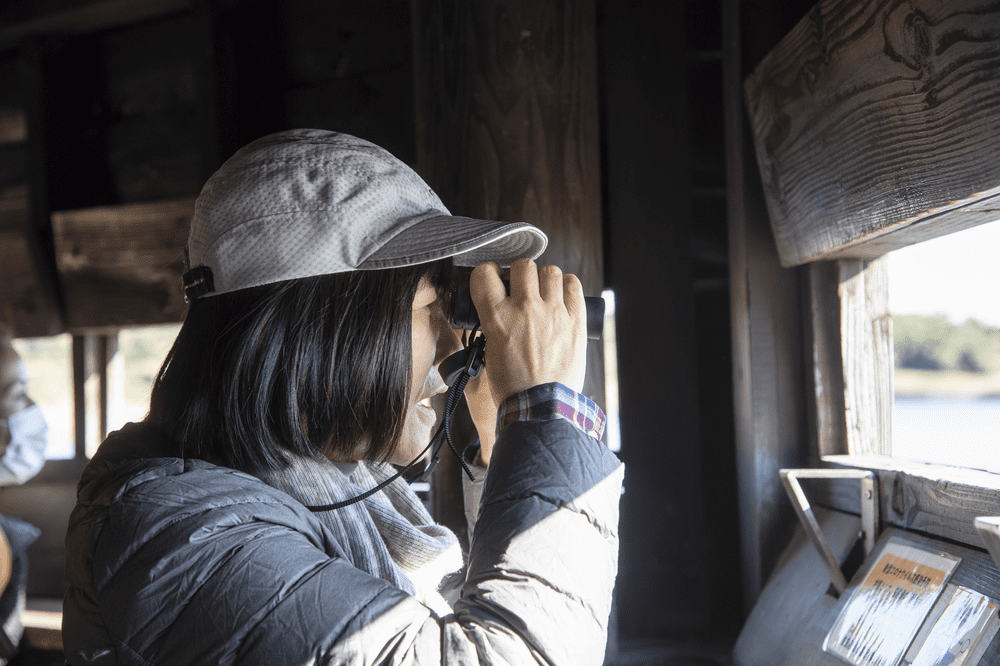
Launch of a fund to support protecting endangered birds such as the Oriental stork and the ibis
As the Suntory Group continued its bird conservation activities, it learned about the financial difficulties faced by conservation groups that were working so hard to achieve their goals. So as a way to commemorate its 90th year in business, we launched the Suntory Fund for Bird Conservation in 1989. The fund started providing grants in 1990, and as of 2023 has provided a total of approximately 600 million yen to 494 projects. The fund currently provides grants in three categories. The first category established was the “Bird Conservation Group’s Activities Grant” for activities to protect rare species of birds in Japan and abroad. The second category is the “Regional Bird-watching Activities Grant” to fund purchases of binoculars and other birdwatching equipment by school clubs and volunteer groups engaged in local birdwatching and bird conservation activities. These grants are designed to expand the breadth of bird conservation activities. The third and newest category is the “Waterfront Large Bird Conservation.” These grants are for developing and restoring waterfront environments that are habitats for familiar large birds such as Oriental storks, ibis and cranes that occupy the top of the waterfront ecosystem pyramid.
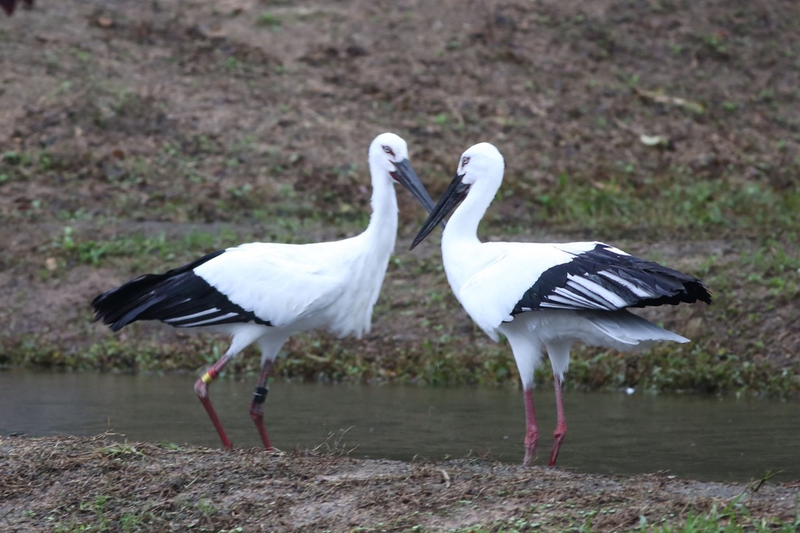
Long-term conservation activities are necessary to restore populations of endangered species. Over the past several years, the dedication of people involved in these activities and support by others has finally produced gains in the recovery of Oriental stork, wild geese and ibis populations. This success is deeply gratifying for the Suntory Fund for Bird Conservation as one of the supporting groups.
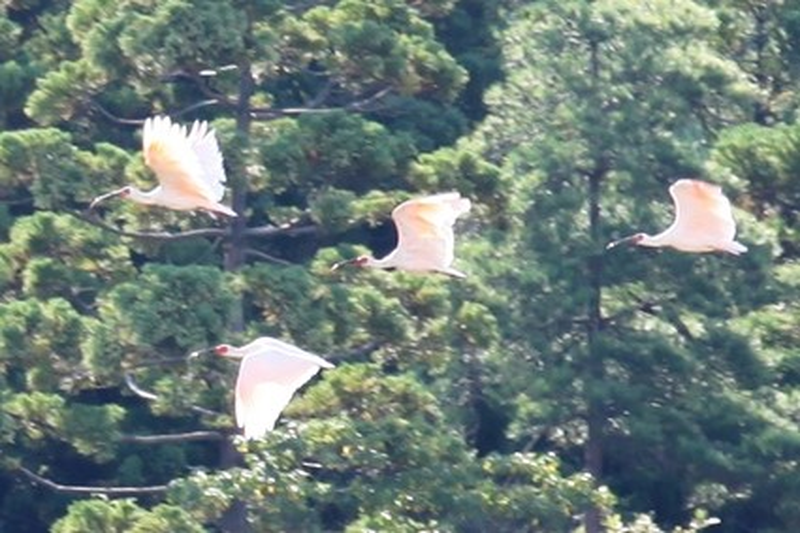
The Suntory Group also continues to provide grants to groups working to protect the ibis.
Grant recipients sometimes tell us how much the grants have helped them in the initial phase of their activities, which is wonderful to hear. As a supporter of these activities, we are thrilled to see the conservation activities grow in scale and their successes. Over the 50 years of Suntory’s bird conservation activities, there were difficult times when we were not sure if we would be able to keep going on. The bird conservation activities we do today have been made possible by the hard work of the employees at that time. We say “slow and steady wins the race.” I have been given this wonderful legacy of our bird conservation activities, and they deserve to be expanded on and passed down to the next generation.
eBird, the world’s largest database of birdwatching observations available on a smartphone
We discovered the eBird birdwatching database as we were beginning to look at how we could become more actively involved in popularizing birdwatching globally. We learned about eBird from a bird conservation group, when the Wild Bird Society of Japan was preparing to launch the Japanese portal site eBird Japan together with the Cornell Lab of Ornithology at Cornell University in the United States.
eBird is a wonderful tool that lets you record bird sightings from a smartphone. When you upload your field observations, they become part of a global big data set. You can also see where wild bird hotspots are in Japan and learn about birds around the world and their ecology without having to record any data. We offered to become the main sponsor of eBird Japan and is leading this project together with the Wild Bird Society of Japan. Data collection has risen up sharply since the launch of eBird Japan. We hope to continue building up data and have it used in future global scientific research and conservation activities. In addition to researchers, ordinary citizens can participate in eBird when they go birdwatching, making eBird both meaningful and fun.
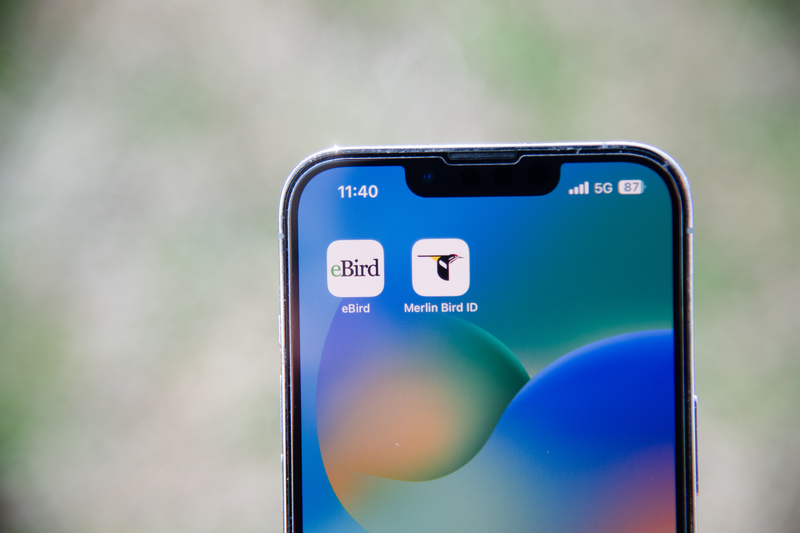
Together with eBird, the Merlin Bird ID app has also been released, which uses bird observation data from the eBird database to help identify birds in the wild. eBird is among the world’s largest scientific research projects and is managed by the Cornell Lab of Ornithology. It is free and open to everyone. Bird sightings by birdwatchers from around the world form the core of the eBird database and are shared online to contribute to bird research and conservation.
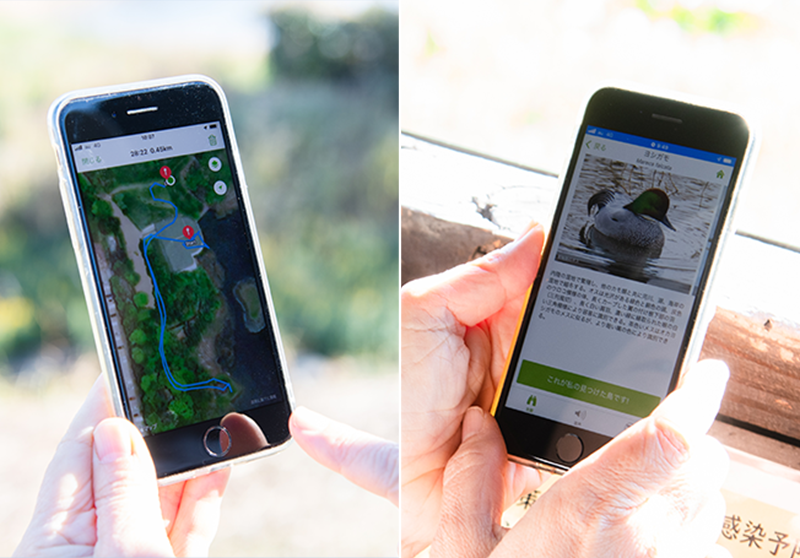
The observation screen for eBird and the bird identification screen for Merlin. The apps are available worldwide and supervised by experts in each country. With the launch of eBird Japan, the Wild Bird Society of Japan also created a Japanese version of Merlin, which offers a fun way to identify birds in place of a guidebook.
Birdwatching has become more popular, and I think many people who enjoy birdwatching and want to keep doing it consider the environment that wild birds live in. People wondering if changes in the environment are why they haven’t seen their favorite birds may be the first step that leads to greater environmental awareness and future action. This is another reason why eBird is such a great tool for birdwatching. Along with Suntory’s Japanese Bird Encyclopedia website, which offers another great way to learn about birds, I hope people use eBird and see how fun it is.
Photos courtesy of the Tokyo Port Wild Bird Park
A ranger from the Wild Bird Society of Japan is usually stationed at Tokyo Port Wild Bird Park
Latest Stories
-

- Human Rights
September 29, 2023
Being the Best Company for Employees with Disabilities to Shine
View More -
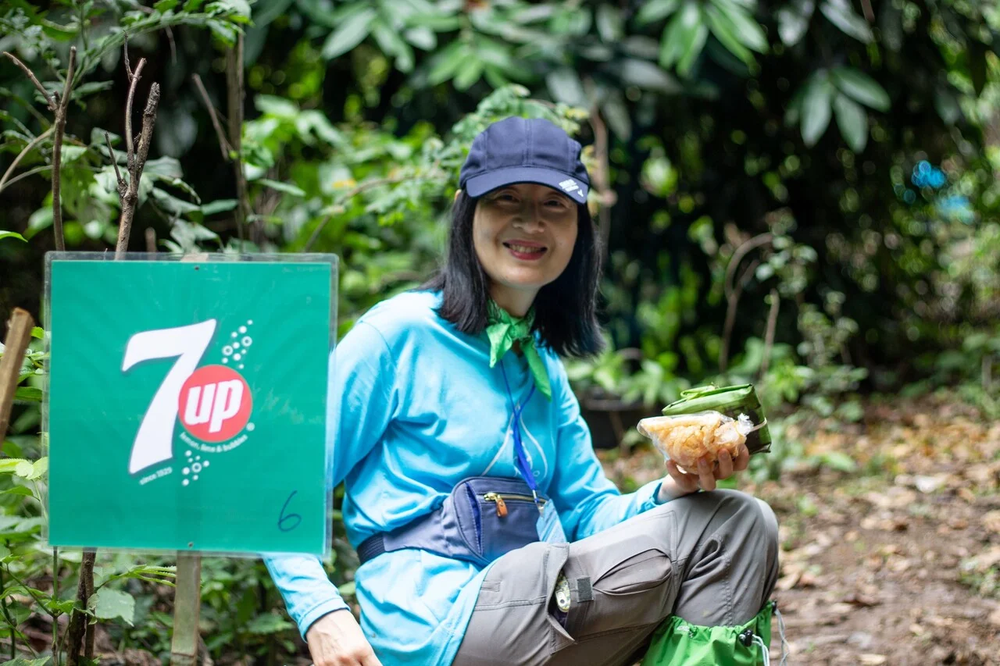
- Water
July 31, 2023
Suntory Mizuiku – Education Program for Nature and Water Expands Globally: Stories from Asia
View More -

- Health
June 29, 2023
New DRINK SMART Ambassador Program: Internal Certification to Deliver the DRINK SMART Message to More Customers
View More -

- Raw Materials
- CO2
June 29, 2023
Circular Agriculture Initiatives at Tominooka Winery in Japan (Part 2)
View More -

- Biodiversity
May 10, 2023
Suntory Bird Conservation Activities Are Turning 50: A Look at the Past and the Future (Part 2)
View More -

- Raw Materials
- CO2
April 27, 2023
Circular Agriculture Initiatives at Tominooka Winery in Japan (Part 1)
View More -

- Health
April 27, 2023
Creating “Friends for Moderate Consumption,” a Campaign Character to Promote Responsible Drinking
View More -

- Packaging
April 27, 2023
B to B Recycling: Creating New PET Bottles from Used Bottles
View More -

- Human Rights
April 27, 2023
SUN-co-NEsT, An Online Community Aiming to Balance Work and Parenting
View More -
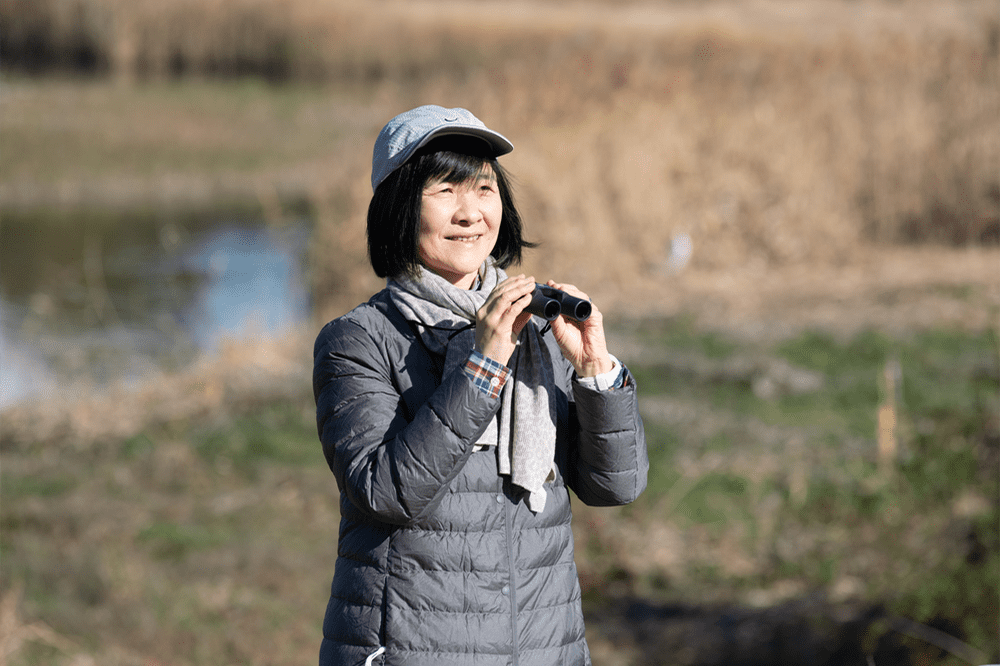
- Biodiversity
April 27, 2023
Suntory Bird Conservation Activities Are Turning 50: A Look at the Past and the Future (Part 1)
View More -

- Water
- Biodiversity
April 27, 2023
Protecting the Forests That Nurture Abundant Water: Suntory Natural Water Sanctuary Initiative
View More